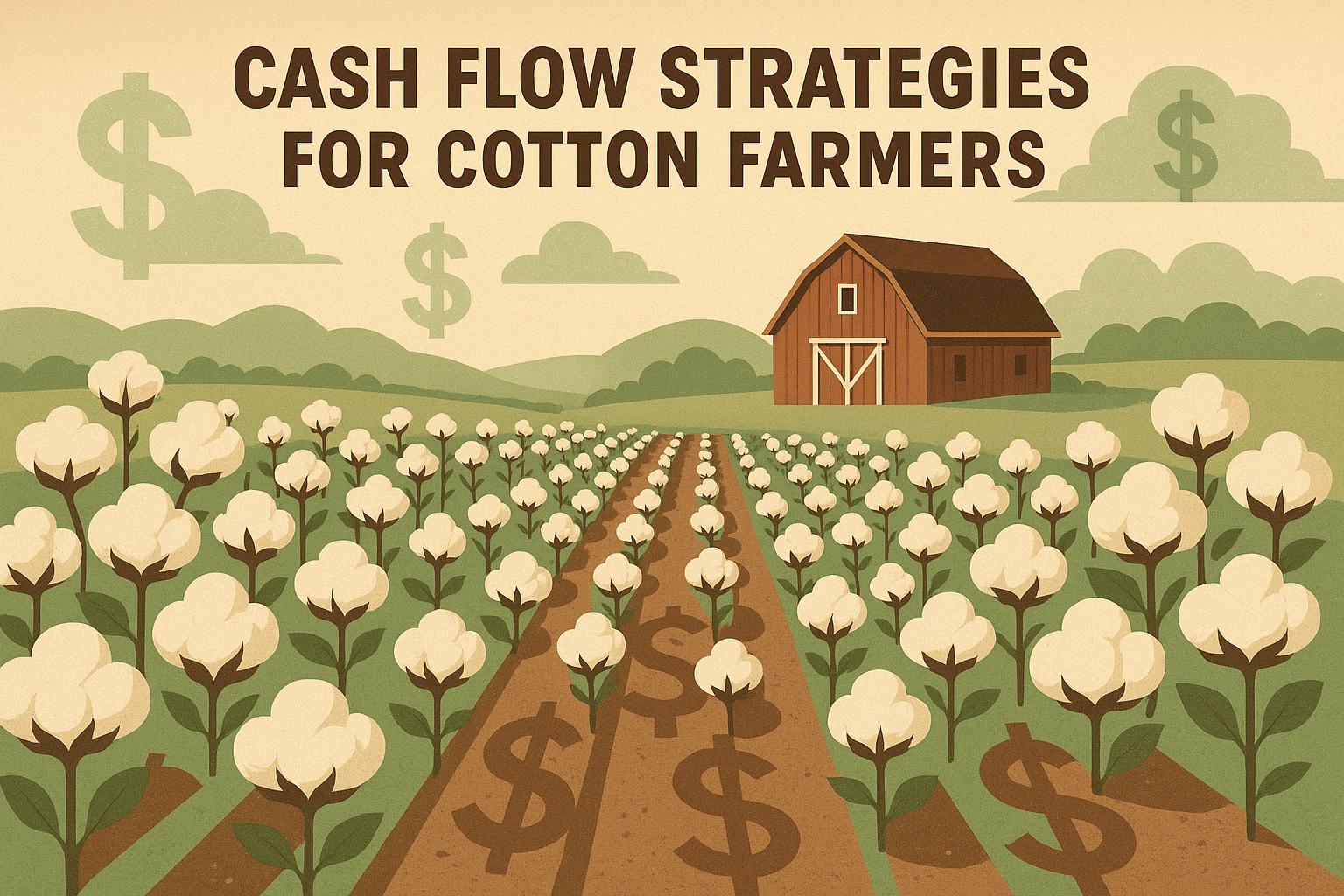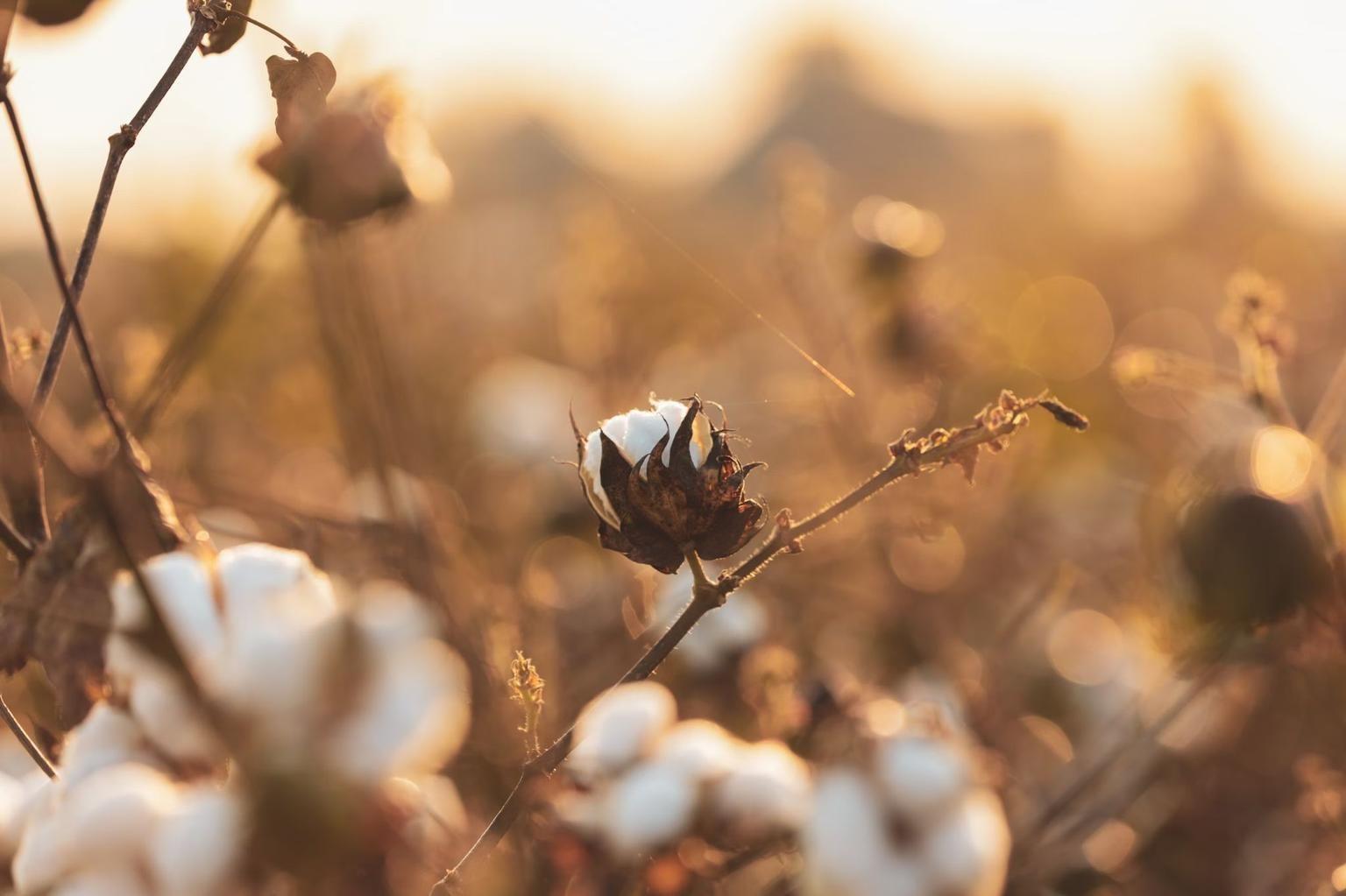Pest management remains a cornerstone of successful cotton production, where unchecked infestations can drastically reduce yields and quality. Integrated Pest Management (IPM) offers a balanced, environmentally sound approach that combines multiple strategies to minimize pest damage while preserving beneficial organisms and reducing reliance on chemicals. By focusing on prevention, monitoring, and targeted interventions, IPM helps cotton growers achieve sustainable operations, lower costs, and maintain soil and ecosystem health. This guide explores key IPM strategies, from identifying common pests to integrating controls, providing practical tips for farmers across diverse regions. Whether dealing with bollworms or aphids, adopting IPM can enhance resilience against pests that threaten cotton's delicate growth stages.
Common Pests in Cotton Crops
Understanding the pests that target cotton is essential for effective IPM. Cotton attracts a variety of insects, mites, and other organisms that feed on leaves, stems, bolls, and roots, often leading to defoliation, boll rot, or stunted growth. Major threats include sucking pests like aphids, whiteflies, and thrips, which sap plant vigor and transmit diseases, and chewing pests such as bollworms and armyworms that damage bolls and foliage. Boll weevils and pink bollworms burrow into bolls, causing direct yield loss, while mites like spider mites thrive in hot, dry conditions, leading to leaf discoloration.
Here's a table summarizing common cotton pests, their damage symptoms, and initial control considerations:
| Pest | Damage Symptoms | Key Control Considerations |
|---|---|---|
| Aphids | Sticky honeydew, curled leaves, virus transmission | Encourage natural enemies like ladybugs; use reflective mulches |
| Thrips | Silvering of leaves, distorted growth | Seed treatments; monitor early-season populations |
| Bollworms | Holes in bolls, larval frass | Bt cotton varieties; timed insecticide applications |
| Whiteflies | Yellowing leaves, sooty mold | Trap crops; biological agents like parasitic wasps |
| Spider Mites | Speckled leaves, webbing | Maintain humidity; predatory mites as biocontrol |
| Boll Weevils | Punctured bolls, fallen squares | Pheromone traps; sanitation of crop residues |
| Armyworms | Ragged leaf edges, defoliation | Scouting at night; cultural rotations |
These pests vary by region and climate, but early identification through regular field checks prevents escalation.
Principles of Integrated Pest Management
IPM is built on four core principles: prevention, monitoring, intervention, and evaluation. Prevention starts with selecting resistant varieties and optimizing planting dates to avoid peak pest periods. Monitoring involves systematic scouting to assess pest levels against economic thresholds—the point where damage justifies action. Intervention uses the least disruptive methods first, escalating only as needed, while evaluation reviews outcomes to refine future strategies. This holistic framework reduces pesticide use by up to 50% in some systems, promoting long-term farm sustainability.
Scouting and Monitoring Techniques
Effective IPM hinges on vigilant scouting. Walk fields weekly, examining at least 100 plants per acre in a zigzag pattern to sample diverse areas. Use tools like sweep nets for mobile insects, sticky traps for whiteflies, and pheromone lures for bollworms to quantify populations. Record data on pest stages, beneficial insects, and weather conditions, as humidity and temperature influence outbreaks. Digital apps and drones can enhance precision, allowing growers to map hotspots and predict infestations based on historical patterns. Establish thresholds, such as 5-10 bollworms per 100 bolls, to guide decisions and avoid unnecessary treatments.
Cultural Control Practices
Cultural methods alter the environment to deter pests without chemicals. Crop rotation with non-hosts like legumes breaks pest life cycles, reducing nematode and boll weevil buildup. Timely planting and harvest minimize exposure windows, while sanitation—destroying residues post-harvest—eliminates overwintering sites. Intercropping with trap crops like sorghum diverts pests from cotton, and maintaining optimal plant density promotes airflow to curb fungal issues linked to pests. Weed control is vital, as weeds host aphids and thrips; use mulches or cover crops to suppress them naturally.
Biological Control Options
Harnessing nature's predators and parasites is a sustainable IPM pillar. Beneficial insects like lady beetles prey on aphids, while parasitic wasps target bollworm eggs. Release augmentative biocontrols, such as predatory mites for spider mites, in infested areas. Preserve habitats by planting borders with nectar-rich flowers to attract these allies. Microbial agents, including Bacillus thuringiensis (Bt) in transgenic cotton, provide targeted control against caterpillars. This approach can cut chemical needs by 20-30%, fostering biodiversity.
Judicious Chemical Controls
When other methods fall short, chemicals serve as a last resort in IPM. Select narrow-spectrum insecticides to spare beneficials, rotating modes of action to prevent resistance. Apply during low-activity periods, like evenings, to minimize non-target impacts. Seed treatments offer early protection against thrips, but monitor for efficacy. Always follow labels and integrate with scouting to ensure applications are threshold-based.
Integrating Strategies for Optimal Results
True IPM success comes from blending tactics. For instance, combine Bt cotton with scouting and biological releases for bollworm management, or use rotations and traps for weevils. Adapt to local conditions—irrigated fields may favor mite controls, while dryland emphasizes drought-resistant varieties. Collaborate with extension services for tailored plans, and document results to improve annually.
Benefits of IPM in Cotton Production
IPM delivers multifaceted advantages: reduced input costs, higher yields through preserved plant health, and environmental protection by lowering pesticide runoff. It supports market demands for sustainable cotton, potentially commanding premiums. Long-term, it builds soil fertility and resilience against evolving pest pressures.
In conclusion, integrated pest management empowers cotton farmers to control threats sustainably, ensuring productive fields for years to come. By prioritizing knowledge and balance, you can protect your crop while stewarding the land. For related insights, check our state cotton histories on CottonGins.org. What IPM tactics work best on your farm?


